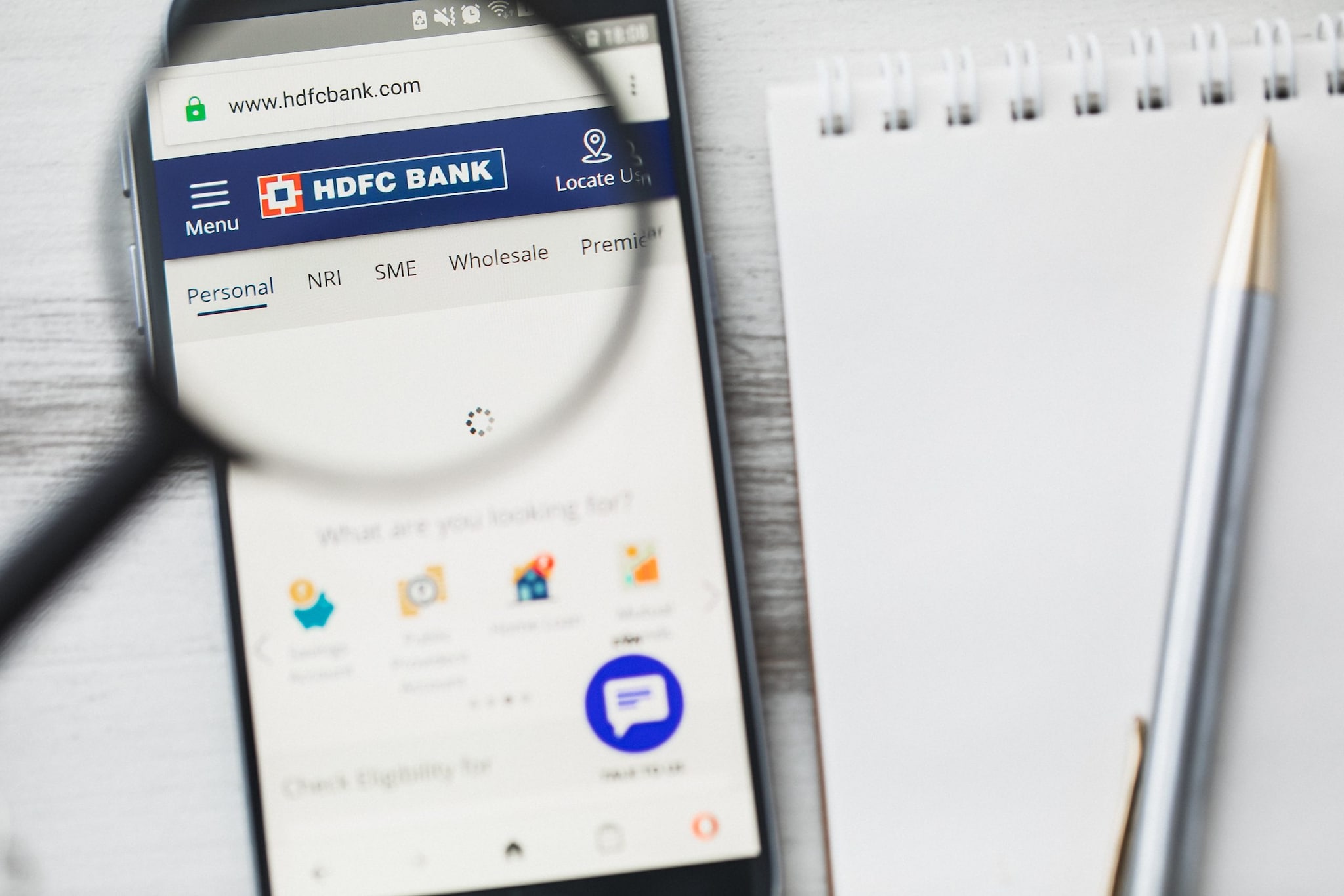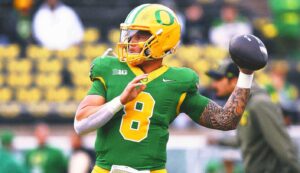

Separately HDFC Bank is looking to make securitisation a new avenue to raise resources. Also, the bank sees many of its parameters, like loan growth and loan-deposit ratio, returning to pre-merger levels by 2027. These are some of the key takeaways from a wide-ranging exclusive chat that CNBC-TV18 had with the bank’s CEO Sashi Jagdishan and CFO Srinivasan Vaidyanathan.
“We are exploring securitisation as a new avenue for raising resources; it may well grow from ₹15,000 crore this year to ₹1 trillion (₹1 lakh crore) in a few years,” said Jagdishan.
“We see a lot of foreign fixed-income funds interested in good credit products,” he added. The sale of loans also seems to help the company bring down its credit-deposits ratio too, which stood at nearly 100% even at the end of Q2. RBI has been worried about the high credit deposit ratios of banks. HDFC Bank post-merger ran up a C/D ratio of 107% a year ago.
“We will reach the pre-merger credit-deposit ratio of 85-90% by 2027,” Vaidyanathan said, “which is earlier than our previous guidance of 4-5 years.” He reiterated that in the pursuit of its C/D ratio goal, the bank will grow its loan book slower than the industry this year, at a sector rate next year and faster than the banking sector from FY27 onwards.
Also Read | Repo rate cut looks unlikely, but CRR cut would be a welcome relief: Axis Bank’s Rajiv Anand
On the contentious issue of bancassurance, Jagdishan said, HDFC Bank has always encouraged open architecture that sells more than one company’s insurance products. He was responding to a CNBC-TV18 story that the insurance regulator is mulling a proposal to cap the amount of policies an insurance company sells through its banking partners, especially if the bank were its parent.
As for allegations of misselling in the industry, he said that at HDFC Bank they have an elaborate system of video recordings and forms to ensure the insurance buyer is not coerced and that he or she is sold the product only after voluntary acceptance.
“We believe there is very little misselling by our staff,” said Jagdishan. He added that the bank hasn’t heard from any of the regulators but explained that cutting down bancassurance may reduce the speed of insurance penetration in the country.
On the issue of the proposed listing of the bank’s subsidiary HDB Financial Services, Jagdishan said they are aware the Reserve Bank doesn’t want any overlap of a bank’s business with a NBFC company in the group. “Our investment in HDB is purely financial; the bank’s and HDB’s customers don’t overlap; HDB lends to a type of borrowers with higher lending rates; the bank doesn’t lend those kind of loans,” Jagdishan said.
Vaidyanathan said that the bank’s stake in HDB will fall by around 10% after the company’s IPO when it happens.
“We have a plan to pare down stake gradually, but if the regulator wants us to reduce stake faster, we have a plan B,” said Jagdishan.
Even as the issue of defaults from unsecured loans confronts the banking and NBFC sectors, HDFC Bank showed higher growth of unsecured loans in Q2. “We have an ability to spot trends ahead of the curve,” said Jagdishan with some pride. He said the bank had slowed down on unsecured loans over a year earlier when it had spotted problems of overlending.
Also Read | This global strategist predicts Fed rate cut in December, dollar peak by mid-2025
Last November, the RBI alerted banks to the rapid growth in unsecured loan portfolio and raised risk weights for the sector. Since then banks have been rapidly bringing down their unsecured loans. “As many banks are turning away from this segment, we are getting good unsecured lending opportunities at attractive yields” said Jagdishan.
More generally on retail loan demand, Jagdishan said the falling GDP growth numbers appear to be reflected in the fact that the demand for low-value loans is indeed very modest. “We see more demand for bigger SUVs, not much for small cars; more demand for larger consumer durables than small ones, more demand for luxury homes, not for affordable homes.”
Both Vaidyanathan and Jagdishan were most gung-ho on the synergies from the HDFC merger. “95% of incremental home loans are people who have or have opened an HDFC Bank savings bank account,” said Vaidyanathan.
Of the 3 million old home loan borrowers of HDFC, less than a million had HDFC bank accounts pre-merger; now 1.7 million have HDFC Bank accounts, he said. “HDFC home loan customers can get a credit card or a consumer durable loan with a simple click of a button,” said Jagdishan. “These are borrowers about whom HDFC has done a thorough KYC, he pointed out.
“Since we have trusted them with lakhs of rupees for a home loan, they can be easily trusted with a credit and a consumer durable loan,” he said., adding that these home loan borrowers usually take 4x the amount of consumer durable loans compared to a normal borrower because they are furnishing their homes.
In short, the duo said synergies on both the liabilities and assets is proceeding to their satisfaction.
Also Read | Exclusive: GoM proposes price-based GST on readymade garments and luxury fashion
For more details, watch the accompanying video



